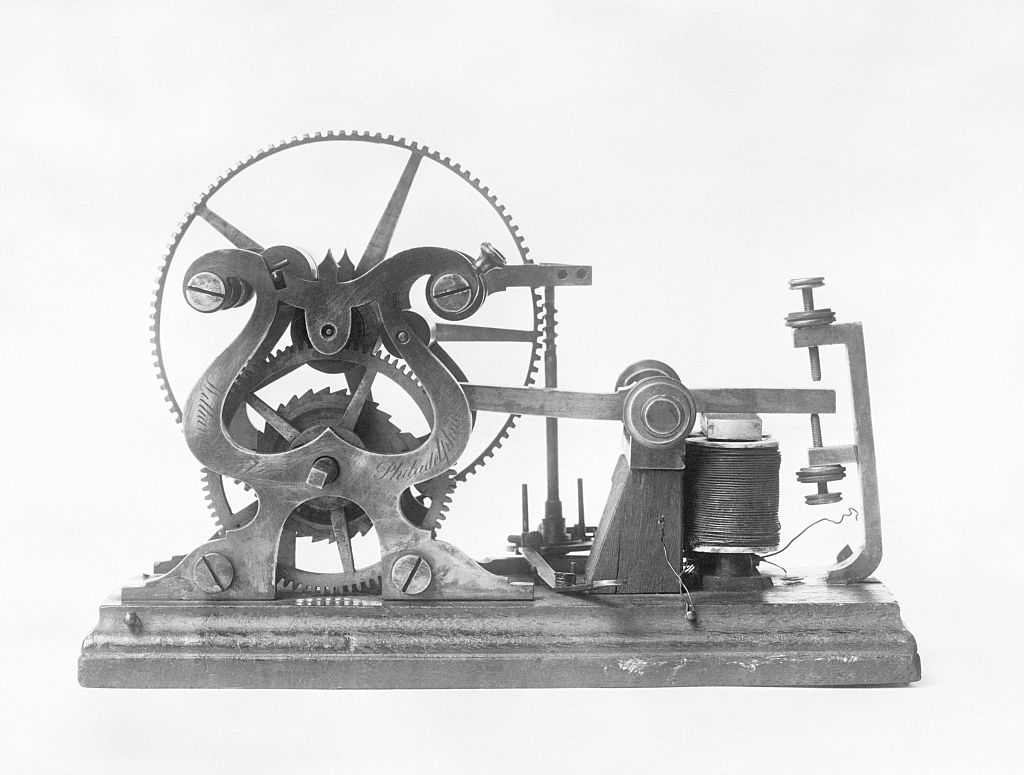20 June 1840: patent granted for Morse code
Frustrated by the slow transit of news across the Atlantic, Samuel Morse was awarded a patent for the telegraph code that still bears his name.


Most inventors have an interest in either science or engineering. However, for the first four decades of his life, Samuel Morse's great passion was painting.
After getting his parents' permission to travel to England in 1811 to study at the Royal Academy in London, Morse became a well-known American painter.
However, while carrying out a major commission in 1825, he received news that his wife was unexpectedly ill. But, because the letter was delayed in the post, she had been buried by the time he returned home.
MoneyWeek
Subscribe to MoneyWeek today and get your first six magazine issues absolutely FREE

Sign up to Money Morning
Don't miss the latest investment and personal finances news, market analysis, plus money-saving tips with our free twice-daily newsletter
Don't miss the latest investment and personal finances news, market analysis, plus money-saving tips with our free twice-daily newsletter
While returning from an overseas painting tour in 1832, Morse met a scientist who told him about the developments in electromagnets.
Remembering how the slow speed of mail had personally affected him, he put his painting to one side and came up with the idea for a system that could rapidly transmit information over an electrical wire.
While very primitive telegraph machines already existed, Morse worked out that the Morse Code, a system of representing letters by dots and dashes, could greatly speed up the process.
By 1837, he had developed a working prototype and submitted a patent application (which would be granted in June 1840).
By 1842, he had persuaded the US government to provide financial support to lay the first wires between Washington DC and Baltimore, transmitting the first inter-city message ("what hath God wrought?") in 1844.
This generated a huge amount of public interest, leading to a dramatic rise in investment. By 1861, the first transcontinental telegraph was constructed. Finally, in 1866 an undersea cable connected Britain and America.
Get the latest financial news, insights and expert analysis from our award-winning MoneyWeek team, to help you understand what really matters when it comes to your finances.

-
 The shape of yields to come
The shape of yields to comeCentral banks are likely to buy up short-term bonds to keep debt costs down for governments
-
 The sad decline of investment clubs – and what comes next
The sad decline of investment clubs – and what comes nextOpinion Financial regulation and rising costs are killing off investment clubs that once used to be an enjoyable hobby, says David Prosser